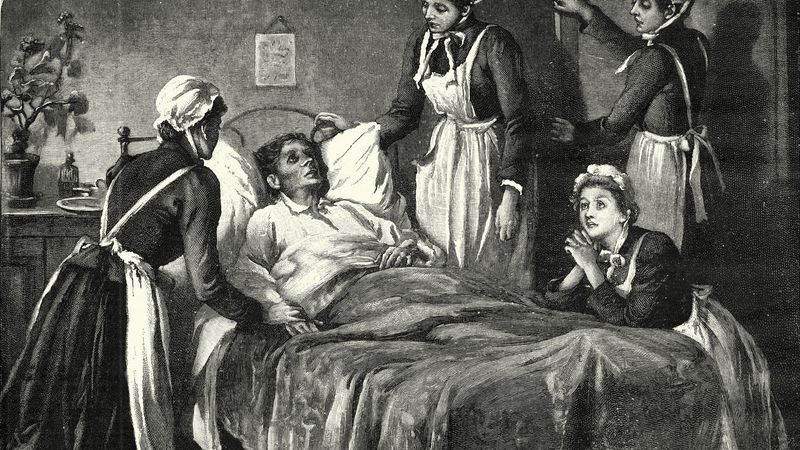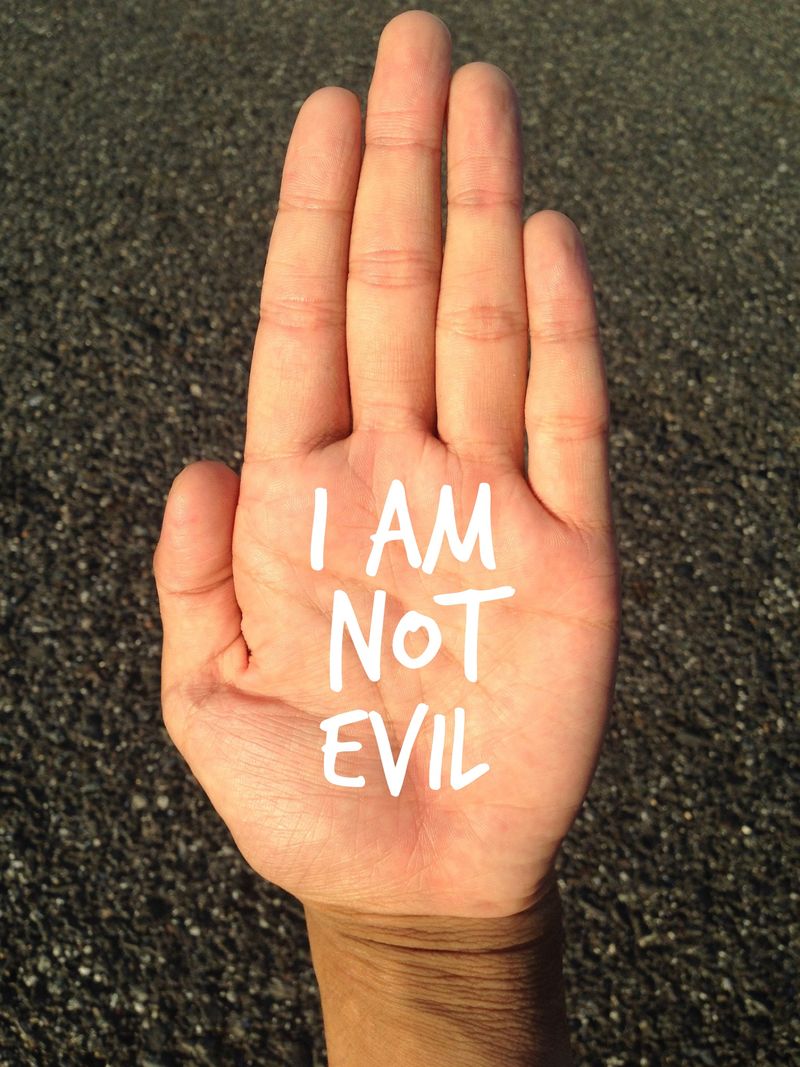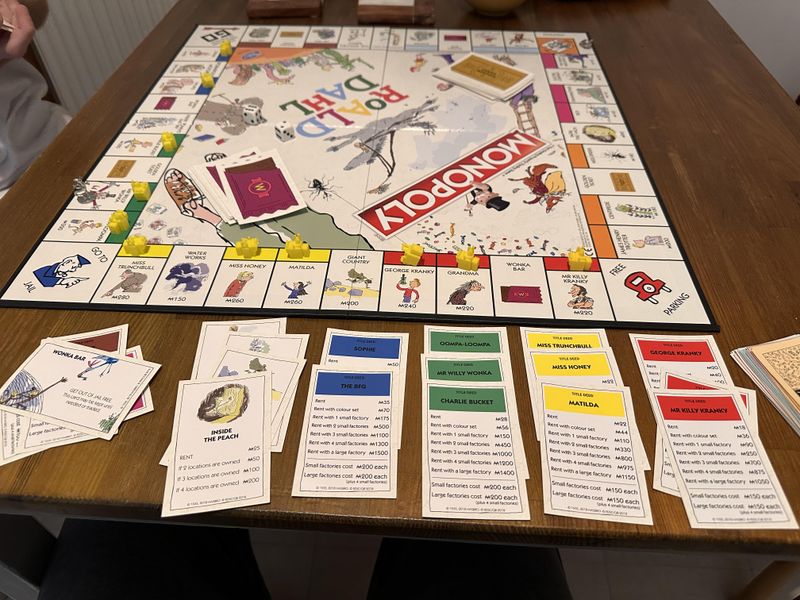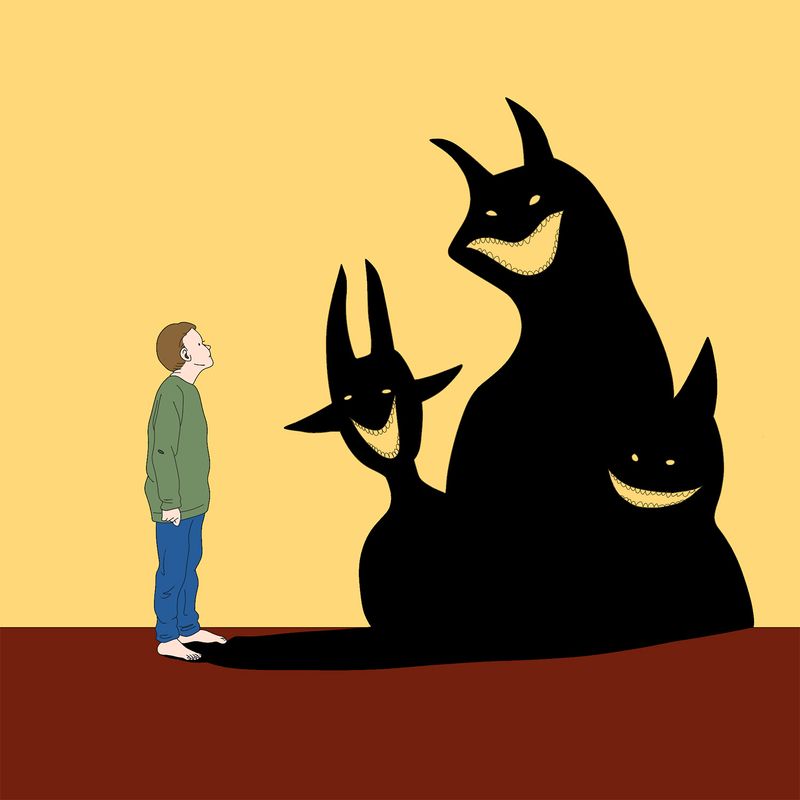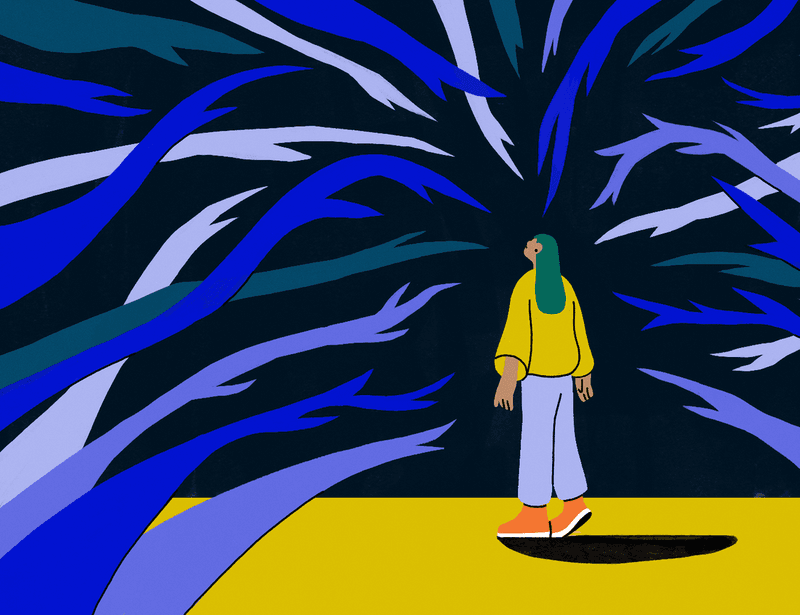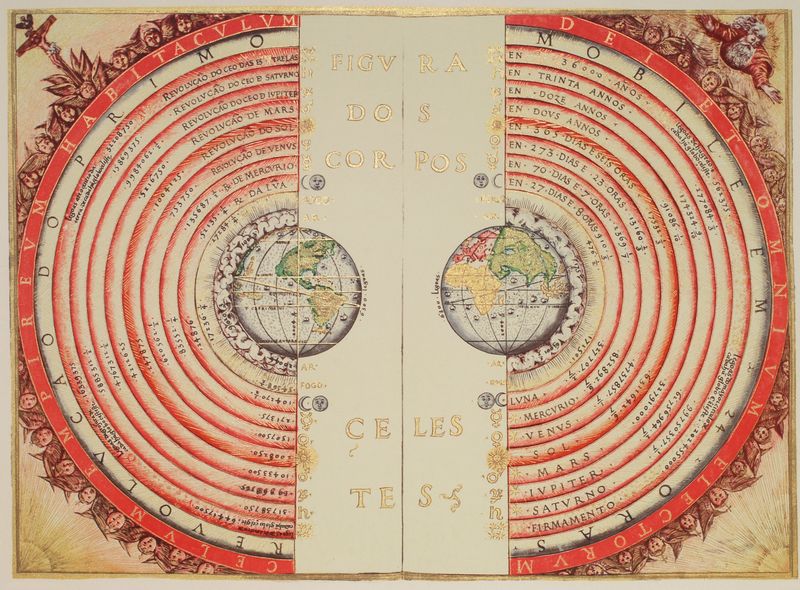Throughout history, humans have held a variety of beliefs that, in hindsight, seem quite absurd. These misconceptions often stemmed from limited scientific knowledge, cultural biases, or simple misunderstandings of the world. Here, we explore fifteen such beliefs that people once held as truths, only to be debunked with time and progress.
Cigarettes are good for you
In the mid-20th century, smoking was not only a fashionable activity but also considered beneficial for your health. Advertisements featured doctors endorsing cigarettes, claiming they were good for relaxation and even digestion. The public, trusting these endorsements, smoked widely, unaware of the health risks.
It wasn’t until later studies identified the strong correlation between smoking and serious health issues like cancer and heart disease that this belief was overturned. Today, smoking is known to be a major health hazard, and public health campaigns focus on encouraging people to quit smoking for their well-being.
Washing Machines Could Eat Clothes
The fear that washing machines could devour garments was a quirky concern during the early 20th century. This belief likely arose from the occasional mishap of clothes getting tangled or damaged. Early machines were noisy and prone to violent shaking, which might have seemed like they were “eating” the clothes. Picture the domestic scene: a housewife nervously watching as her clothes disappeared, fearful of losing a favorite garment. While modern machines are reliable, the tale of washing machines as garment gobblers serves as a humorous reminder of early technological anxieties and our ability to personify the unknown.
Vampires were the cause of mysterious illnesses
During the 18th century in Eastern Europe, unexplained deaths and mysterious illnesses led to widespread belief in vampires. Villagers often exhumed bodies to perform rituals aimed at preventing the deceased from rising as vampires. This belief was fueled by a lack of understanding of diseases and decomposition.
Modern science has debunked these myths, revealing that the symptoms attributed to vampires were often caused by diseases like tuberculosis. Education and advancements in medical science have significantly reduced such superstitious beliefs today.
Tomatoes are poisonous
In the 18th century, tomatoes were often thought to be poisonous, particularly in Europe. This belief was due to tomatoes’ resemblance to deadly nightshade plants and reports of illness after eating them.
The actual cause was lead poisoning from pewter plates, which reacted with tomatoes’ acidity. Over time, as understanding of both chemistry and botany improved, tomatoes were embraced as a nutritious fruit. Today, they are a staple in cuisines worldwide, valued for their flavor and health benefits.
Being left-handed is evil
In medieval times, being left-handed was often seen as a sign of evil or association with witchcraft. Left-handed people were sometimes forced to use their right hand for writing and other activities. This bias stemmed from cultural and religious beliefs that associated the left side with sinister forces.
Thankfully, these prejudices have largely dissolved in modern society. Today, being left-handed is simply recognized as a natural variation in human biology, and left-handed tools and instruments are readily available to accommodate this diversity.
Carrots give you superhuman vision
The myth that carrots can significantly enhance vision, especially night vision, gained popularity during World War II. British propaganda suggested that pilots’ success in night battles was due to their carrot-rich diets. This was a cover to conceal the use of radar technology.
While carrots are indeed good for eye health due to their vitamin A content, they do not provide superhuman abilities. Eating carrots will contribute to maintaining good vision but won’t enhance it beyond normal levels.
Board games are evil
Board games faced criticism and suspicion in the 19th century, often being labeled as gateways to idle behavior and even sin. Moralists argued that such games encouraged laziness and distracted people from productive activities.
As society evolved, the view on board games shifted significantly. They are now appreciated for fostering strategic thinking and social interaction. Playing board games is recognized as a wholesome and educational pastime that can bring families and friends together.
The Moon is Made of Green Cheese
Believing the moon to be made of green cheese might sound utterly ridiculous today, yet it was a notion that once permeated the minds of many. This idea likely stemmed from the moon’s cratered surface, resembling the texture of cheese. The term “green” doesn’t refer to the color but rather to an antiquated term for “new” or “fresh” cheese. Imagine the surprise of gazing at the night sky, envisioning a giant cheese wheel floating above! Though whimsical, this belief underscores how humans have long sought to explain the natural world in imaginative ways, often leading to delightful misunderstandings.
Drilling holes in someone’s head will release the evil spirits
Trepanation, the practice of drilling holes into the human skull, dates back to ancient times. It was believed to cure a variety of ailments by releasing evil spirits trapped inside the head.
Modern medicine has since provided a scientific understanding of neurological and psychological disorders. Today, trepanation is viewed as unnecessary and dangerous, with advanced medical techniques available to treat mental health issues safely and effectively.
Vitamin C cures colds
The belief that vitamin C can cure the common cold became widespread in the 1970s, thanks in part to Nobel laureate Linus Pauling’s promotion. People began taking large doses of vitamin C supplements with the hope of a quick recovery from colds.
Current research, however, indicates that while vitamin C might slightly reduce the duration of cold symptoms, it does not cure the cold. Maintaining a balanced diet with adequate vitamins is essential for overall health, but relying solely on vitamin C is not a cure-all strategy.
Periods were evil
In various cultures, menstruation was once viewed with suspicion and fear, often seen as an evil or polluting force. Women were sometimes isolated during their periods, and menstruation was shrouded in taboo.
Today, efforts to educate and normalize natural biological functions have progressed substantially. Menstrual health is now recognized as an important aspect of women’s health, with increasing openness and access to information and menstrual products worldwide.
The divine rights of kings
The concept of the divine right of kings asserted that monarchs were chosen by God and thus held absolute authority. This belief justified the rulers’ power and was used to suppress dissent.
Over time, political thought evolved, and movements like the Enlightenment challenged this ideology. Democratic principles eventually took root, emphasizing the role of the people in governance and reducing the divine justification for absolute monarchy.
Uteruses could move around
The ancient Greeks believed in a condition called “hysteria,” where the uterus was thought to wander throughout the body, causing various symptoms. This idea persisted for centuries, influencing medical treatment and societal attitudes towards women’s health.
With advancements in medical science, the wandering uterus myth was debunked, and women’s health began to be understood with more accuracy. Modern gynecology has replaced such myths with evidence-based practices, improving healthcare for women significantly.
Trickle-down economics
Trickle-down economics, popularized in the 1980s, suggested that benefits for the wealthy would “trickle down” to the rest of society. This policy involved tax cuts for the rich, under the assumption that their increased wealth would create jobs and boost the economy.
Critics argue that this approach often leads to greater inequality, as the wealth doesn’t necessarily reach lower-income individuals. Modern economic discussions continue to debate the effectiveness of such policies, with emphasis on equitable growth and distribution of resources.
The earth is the center of the solar system
For centuries, the geocentric model, which placed Earth at the center of the universe, was the prevailing belief. This model was supported by the Church and taught widely, despite observations that challenged this view.
The heliocentric model, proposed by Copernicus and later supported by Galileo’s observations, eventually replaced this belief. Today, the understanding of our solar system is based on scientific evidence, with Earth orbiting the Sun as one of many celestial bodies.



